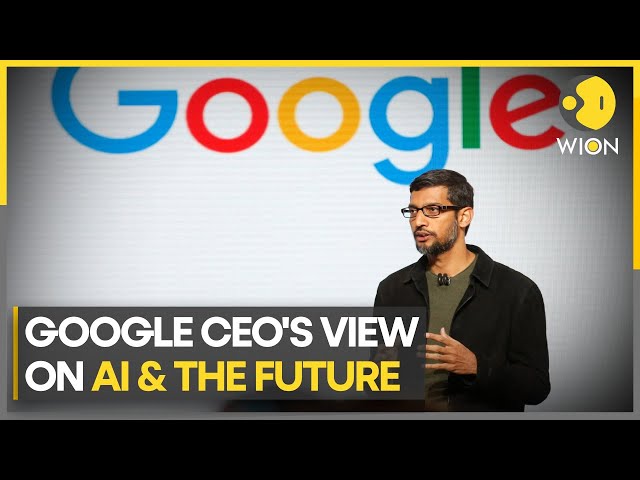AI revolution:
When ChatGPT blew us away, it was towards the end of 2022, the concept baffled most of us. You could type in a question, and ChatGPT would answer. We’ve come a long way since then, a very long way.

This week, Google unveiled its new AI tool called Flow. Now, Flow is a video generation tool. You type in a text or you type a scenario, and Flow turns it into a video. Let’s look at an example first. Someone asked Flow to create a video of Pythagoras explaining his theorem in ancient Greece . The sum of the squares of the two shorter sides is equal to the square of the longest side. It’s scary how real that looks. This is AI generated. Now, some background. Google says Flow is a filmmaking tool. You can use it with Google’s advanced AI platforms like Gemini, Vue, and Imagine.
Other AI models also have such video generators, but Flow has some added features.
It can generate dialogue, it can create sound effects, and it can even give you different camera angles. And that is what sets Flow apart. As of now, it is available only in the US. There are two for ultra and pro customers. The rest of the world will have to wait.
But let’s look at the broader implications of this tool. What are the top takeaways?
Takeaway Number one, AI is moving at an alarming rate. It took decades to go from mobile phones to smartphones. Same from chunky computers to sleek laptops. But AI is on steroids. In late 2022, it was giving written answers. By mid-2025, it is creating entire movie sequences. At the same time, AI regulation is largely unchanged.
Takeaway number two. Google is back in the game. Many experts said that ChatGPT had taken the lead. Some even predicted that it would replace Google. But clearly, that’s not the case. Of course, it helps when you’re a giant like Google, they have all the money and resources in the world.
In 2025 alone, they are set to spend $75 billion on AI, $75 billion, I’ll put that in context.
Tech giants are expected to invest some $320 billion in total, almost 23% of that is coming from Google. And don’t forget the input. Every AI model needs to be trained on raw data, in this case, other videos. That’s the raw data for this model.
Where did Google get this input from, where did they get these input videos? Did they use clips from YouTube, which is also owned by Google?
And if so, were the creators informed? Last year, Google unveiled its VEO model. Think of it as a predecessor to SLO. Back then, they admitted that some YouTube content was used. Now with SLO, the training data is not clear yet, which brings us to the final takeaway. AI is moving beyond fun to functionality. Google is clearly doubling down on the services aspect. They are hoping to collaborate with film houses.
And the use case is clear. You can use SLO to create scenes for your movies, maybe even games and educational videos. Meanwhile, other AI firms are looking at hardware. I’m talking about OpenAI. They are purchasing a startup called EyeOak.
It is owned by a British designer named Johnny Ive. Now, here’s the man who designed the iPhone, the iPad, the iPod, and the iMac. OpenAI has bought his company for $6.5 billion. So, what’s the play here? Right now, we are integrating AI into all technology. Things like laptops, smartphones, tablets. These devices predate artificial intelligence. So, OpenAI and Johnny Ive are imagining a new range of products. Products that are built for the AI age. It’s certainly an ambitious target. It’s also a reflection of the direction that we are going in.
More and more companies are now using AI. In 2024, around 78% firms were using AI somewhere or the other. In 2023, that number was 72%. In 2022, it was just 55%. So, AI adoption is increasing rapidly. This is bound to happen. But it’s also dangerous at this point because we still lack the guardrails. Just consider Google’s flow. It can create videos with narration and dialogues. Imagine that in a world of propaganda and misinformation. The impact would be deadly. As always, this is a case of technology moving faster than regulation. We cannot expect tech companies to slow down. We can only ask our governments to catch up.
